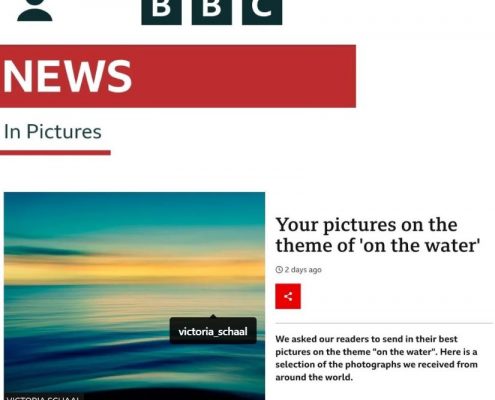Announcing My Latest Book: “IT’S (NOT) THE THOUGHT THAT COUNTS: Reflections of a Marketer on Selfish Altruism”
I am thrilled to announce the release of my latest book,
IT’S (NOT) THE THOUGHT THAT COUNTS
Reflections of a Marketer on Selfish Altruism
This business essay, written in the form of a personal reflection, delves deep into the intriguing concept of altruism and its place in both human behavior and the world of marketing.
Exploring Altruism: Does It Really Exist?
At the heart of my book lies a profound question: Does altruism truly exist? Throughout history, scholars, philosophers, and psychologists have debated whether acts of kindness and generosity are driven by pure selflessness or hidden self-interest. In my reflections, I explore various perspectives on this timeless debate, offering insights into how altruism manifests in our daily lives and interactions.
Altruism as an Explanation for Human Behavior
Can altruism serve as a lens through which we understand human behavior? This question is pivotal to my exploration. By examining real-life examples and theoretical frameworks, I argue that altruism, or at least the appearance of it, plays a significant role in shaping our actions and decisions. Whether it’s helping a stranger or supporting a friend, the motivations behind our actions are often more complex than they seem.
Altruism in Marketing: Is There Room for It?
In the realm of marketing, the concept of altruism might seem out of place. However, my book challenges this notion by investigating how altruistic principles can be integrated into marketing strategies. Can brands genuinely care about their customers and communities while still achieving their business goals? I believe they can, and I provide a roadmap for marketers to balance profit with purpose.
 Altruism and Self-Interest: Mutually Exclusive or Coexisting?
Altruism and Self-Interest: Mutually Exclusive or Coexisting?
One of the core themes of my book is the relationship between altruism and self-interest. Are these two concepts inherently at odds, or can they coexist harmoniously? Through a series of reflections and case studies, I demonstrate that self-interest and altruism are not mutually exclusive. In fact, they often intersect in ways that benefit both individuals and society at large.
The Concept of Selfish Altruism
Finally, I introduce the concept of selfish altruism—a term that may seem contradictory at first glance. Selfish altruism posits that individuals can engage in altruistic acts with the awareness that these actions ultimately serve their own interests. This pragmatic approach to altruism recognizes the complexity of human motivations and suggests that doing good can be a strategic choice, not just a moral one.
“IT’S (NOT) THE THOUGHT THAT COUNTS: Reflections of a Marketer on Selfish Altruism” is a journey into the multifaceted nature of altruism. It is a book for marketers, business leaders, and anyone interested in understanding the deeper motivations behind human behavior. Through personal anecdotes, theoretical analysis, and practical insights, I hope to inspire readers to rethink the role of altruism in both their personal and professional lives.
I invite you to join me on this exploration of selfish altruism and discover how embracing this concept can lead to more meaningful and effective marketing practices. Thank you for your support, and I look forward to hearing your thoughts on the book!









